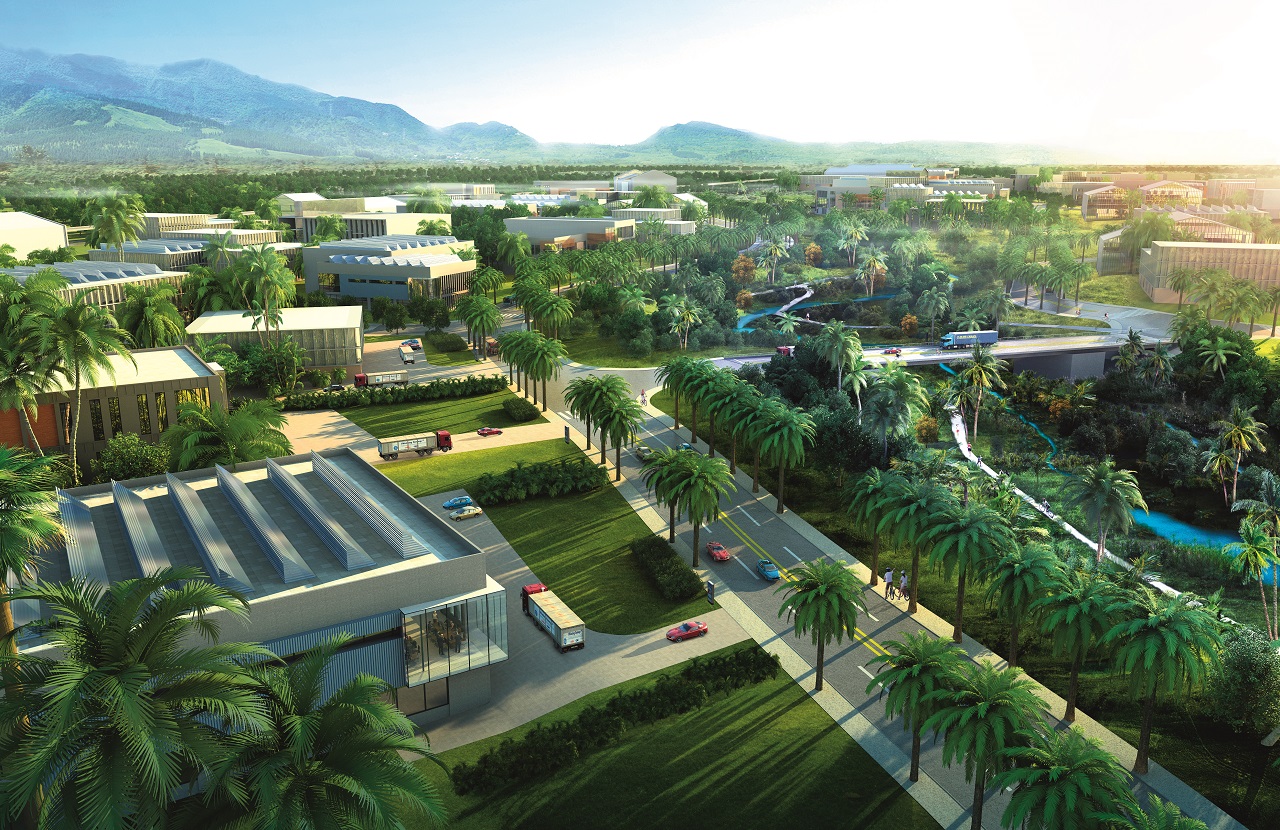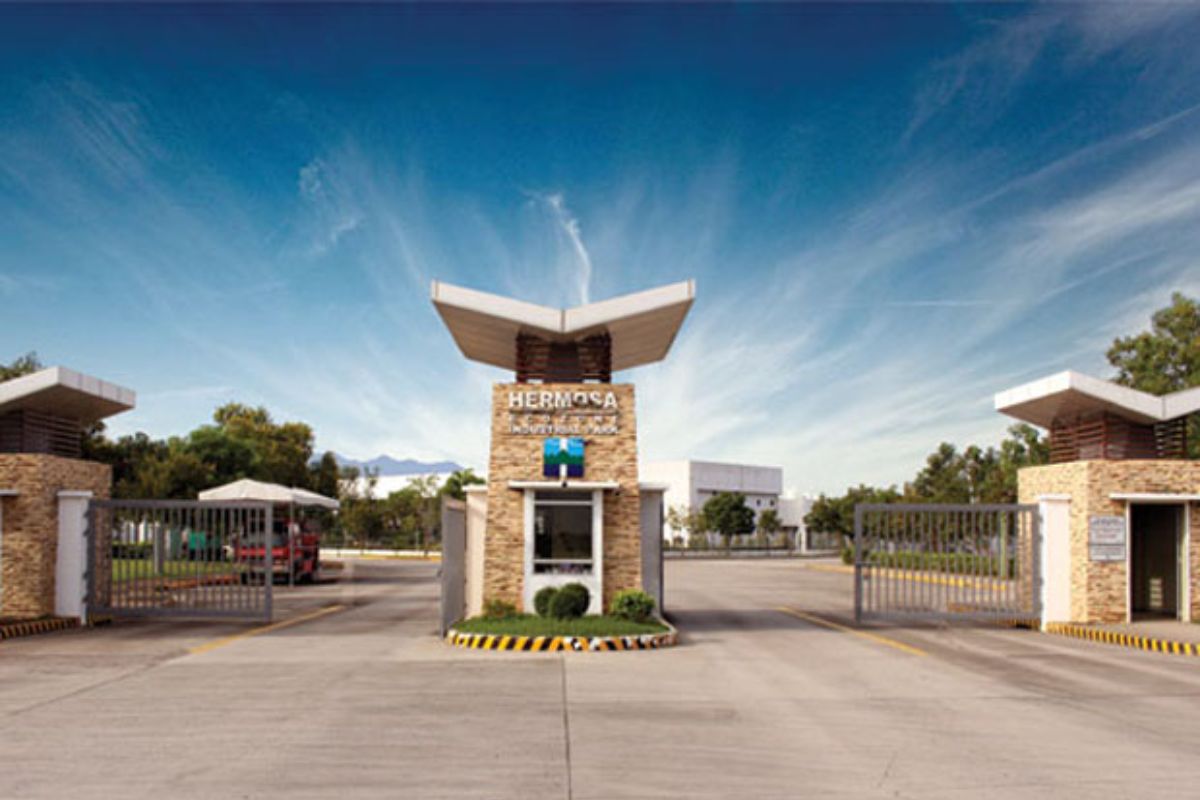How do industrial parks help the environment?
- Improved waste management
- Cooperation around a shared goal
- Eco-industrial parks can be a great option going forward
It is no secret that industrial parks are one of the most useful real-estate developments that benefit many light industries across the world. Business processes become more efficient and cost-effective when companies operate in an industrial park. However, an added advantage that industrial parks give is that they also help said operations become environment-friendly. While different industrial parks achieve this through varying means, there are some common characteristics you would do well to know. Continue reading to find out how industrial parks do their part to preserve the environment.
Improved Waste Management

Waste management is an issue that affects business operations on many levels. For industries that produce toxic waste or byproducts, doing proper waste treatment or disposal can often be expensive. It would be cheaper for firms to dump their waste in landfills and other similar areas. But, that would be unethical and will eventually lead to trouble from affected local communities and the government.
This is one of the main reasons why industrial parks are becoming a more suitable location for businesses to operate in. Many, if not all, industrial parks have a form of centralized waste treatment facilities to cater to the needs of the companies located within them. These facilities also typically find ways to recycle materials whenever opportunities to do so present themselves.
Waste that is not treated properly before being disposed of has many negative impacts on the environment. Wastewater or toxic sludge pollute bodies of water and destroys the ecosystem that inhabits them. This in-turn affects fishermen who make their livelihood from catching fish. As you can see, the effects of improper waste management have a ripple effect on nearby communities — further emphasizing the importance of waste management practices being implemented by industrial parks.
Cooperation Around A Shared Goal

Aside from the availability of centralized waste treatment facilities, having many companies in the same area allows for cooperation around a shared goal. If the goal of the industrial park’s management is to foster eco-friendly operations, then it is certainly possible. Proximity is one factor that helps in this regard because being physically close to other firms and businesses enables them to cooperate and collaborate with each other. This can encourage them to strive for the most sustainable and eco-friendly business practices. Using each other as benchmarks to improve operations is also welcome and made easier.
Negligent businesses can find themselves looking for another location to set-up in. However, given the other advantages industrial parks provide, that can be a rather unwise decision from a business standpoint.
Eco-industrial Parks Can Be A Great Option Going Forward

To be clear, industrial parks are not geared solely for being eco-friendly. In fact, some industrial parks, regardless of how uncommon they are, may not even prioritize environmental sustainability over being profitable. Since more and more people are becoming aware of the current state of our environment, the pressure is on firms and businesses to make changes to their processes. This is so that it doesn’t contribute to worsening environmental problems like climate change. These are why eco-industrial parks are now increasing in both popularity and number.
There are no official rules on what differentiates an eco-industrial park from other industrial sites. However, experts generally agree that they must meet the minimum parameters of the international framework for eco-industrial parks. The framework outlines specific targets and benchmarks regarding park management, environmental, social, and economic performance.
Preserving the environment is a top priority, but the framework suggests that it should not come at the cost of the other aforementioned aspects of a business. This can be done through environment-friendly construction of facilities, the presence of specialized recycling plants, a synergy between co-locators, and the use of ‘green’ technology. Renewable sources of energy such as solar and wind are also used to power factories instead of using fossil fuels.
Because many of these methods are now affordable and accessible, eco-industrial parks can be the best option moving forward for many industries. Especially for those looking to minimize their negative impacts on the environment and society as a whole.
Key Takeaway
As you’ve read above, the development of industrial parks has made it possible for many industries to become eco-friendly without sacrificing profitability. As technologies continue to develop and ‘green’ methods are discovered, the services that industrial parks will only continue to get better in the future.
If you are looking for an industrial park in the Philippines, click here to contact Science Park of the Philippines. We are one of the leading industrial park developers in the country.



